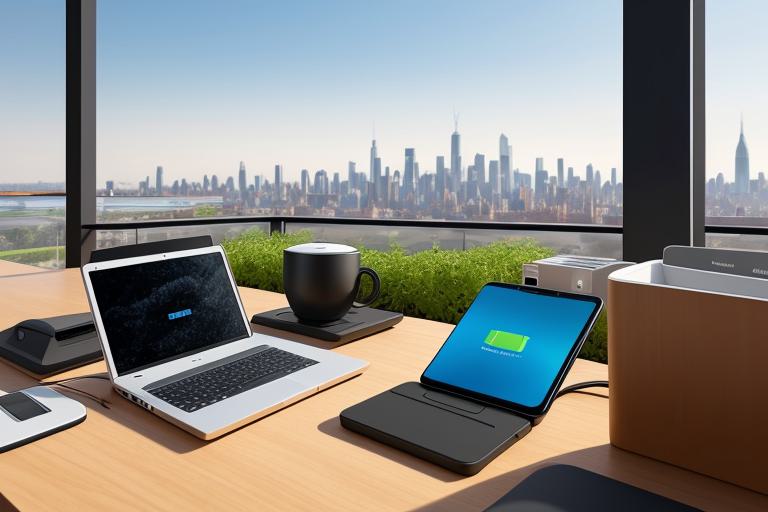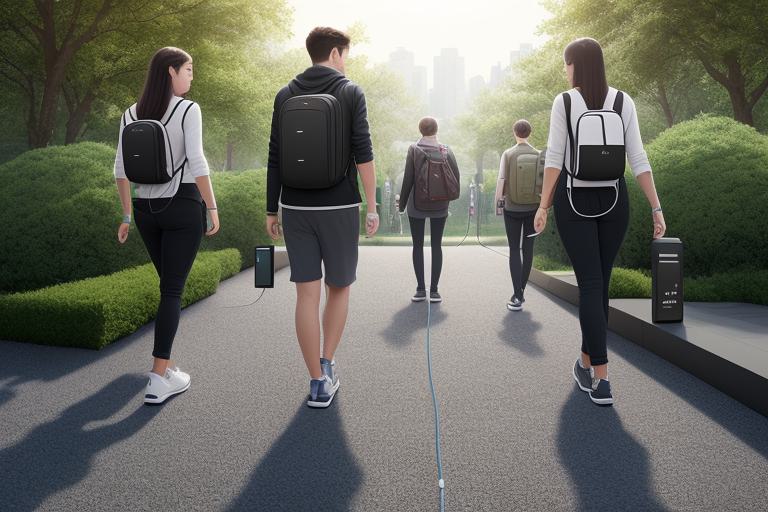From brokerage firms to mutual funds, banks, and insurance companies, DeepSeek is making waves across the financial industry. What started as a promising AI model is now becoming a must-have tool for institutions looking to streamline operations, enhance research, and improve customer service.
As of now, at least 16 brokerage firms, including Guotai Junan and China International Capital Corporation (CICC) Wealth Management, have announced active deployment of DeepSeek-R1 and V3. Similarly, over ten public fund companies, such as Huitianfu, Fullgoal Fund, and Noah Fund, have followed suit, integrating DeepSeek into their investment research workflows.
Meanwhile, major banks like HSBC and several international financial institutions are also experimenting with DeepSeek-powered applications. Insurance companies like Anhua Insurance are exploring how AI can reshape underwriting, claims processing, and customer support.
With the AI revolution sweeping through finance, industry insiders are both excited and uneasy. One financial professional remarked, “DeepSeek is incredibly powerful—it almost makes me worried about my own job.” In response, DeepSeek’s creators emphasize that AI is a tool for efficiency, not a replacement for human expertise. Just like previous technological revolutions, those who adapt and master human-AI collaboration will unlock new opportunities.
AI and Finance: A New Era of Competition
The financial sector has always been a data-driven industry, making it ripe for AI disruption. The fastest adopters so far have been brokerage firms, which rely heavily on data analysis, market research, and customer service.
On February 6, GF Securities announced the successful local deployment of DeepSeek, noting that it significantly reduced operational costs. The firm plans to use DeepSeek for information retrieval, document processing, industry research, and market analysis, with future expansions into smart services, risk management, and investment analysis.
Similarly, CITIC Securities has integrated DeepSeek into its digital intelligence platform, alongside other open-source AI models like Alibaba’s Tongyi Qianwen. By incorporating DeepSeek V3 and R1, CITIC aims to upgrade its customer service, research capabilities, and product development processes.
Meanwhile, Guangfa Securities has taken things a step further. It launched DeepSeek-powered AI support on its institutional client service platform, “Guangfa Zhihui”, which provides investment insights, risk analysis, and research support to professional investors. The service is now free for Guangfa Securities clients, making it the first brokerage firm to fully integrate DeepSeek into institutional operations.

Mutual Funds, Banks, and Insurance Firms Are Jumping In
Beyond brokerage firms, mutual fund companies are also rushing to adopt DeepSeek. Over ten public fund institutions, including Huitianfu, Fullgoal Fund, and Noah Fund, have confirmed DeepSeek deployments, mainly focusing on investment research, knowledge retrieval, product sales, and customer service.
Banks and insurance companies, on the other hand, are taking a more cautious approach. Due to strict regulatory and security concerns, they are primarily using AI to optimize internal workflows rather than frontline operations.
For instance, some banks are integrating DeepSeek into marketing and customer engagement. A local commercial bank used DeepSeek-powered chatbots to generate personalized financial recommendations for clients, while HSBC has leveraged DeepSeek-VL2 and R1 models for automated email classification, transaction processing, and document reconciliation—achieving an accuracy rate of over 90%.
The insurance sector is also exploring AI applications. New China Life Insurance has implemented DeepSeek for internal scheduling, bulk communications, and preliminary insurance policy recommendations. Meanwhile, crowdfunding insurance platform Waterdrop has announced a collaboration with DeepSeek, though its integration is still in the testing phase.
The Risk of AI “Hallucinations” in Finance
Despite the enthusiasm, financial institutions remain wary of AI’s limitations—especially the risk of misinformation. Some users have reported “server overload” issues and connectivity problems, leading them to rely on direct API calls instead.
An AI industry insider explained that there are two primary ways financial institutions deploy DeepSeek:
- Plugging it into existing services – This method is relatively simple, requiring companies to train the model overnight with their own financial data before use.
- Local deployment – This approach provides greater security but comes with technical challenges, as running a large AI model requires high-end computing power (most firms use A100 servers for deployment).
For most financial firms, security is the primary concern. Unlike other industries, finance deals with highly sensitive data, so many firms prefer on-premise deployment rather than cloud-based solutions.
DeepSeek’s biggest challenge, however, is the issue of “AI hallucinations.” This occurs when AI generates completely false yet convincing-sounding information. For instance, in investment research, AI might cite non-existent reports or fabricate references to unrelated studies.
A senior AI engineer admitted, “Even the most advanced AI models today can’t fully eliminate hallucinations. However, fine-tuning through automated calibration can help control the problem.”
Dr. Pan Helin, a well-known digital economist and advisor to China’s Ministry of Industry and Information Technology, pointed out that DeepSeek, like other AI models, struggles with accuracy issues. However, its advantage is transparency—DeepSeek often explains how it arrives at its conclusions, allowing users to fact-check its reasoning.
To mitigate risks, Pan suggests that financial institutions should develop high-quality proprietary databases so that AI pulls from verified, structured information rather than relying on open-ended, potentially flawed data sources. Instead of simply adopting DeepSeek as a plug-and-play tool, firms must actively train, refine, and monitor AI-generated outputs.
Final Thoughts: AI is Here to Stay—But It’s Not Perfect
The DeepSeek revolution in finance is only just beginning. Its ability to boost efficiency, automate research, and enhance customer service has made it an attractive tool for brokers, mutual funds, banks, and insurers alike.
However, the industry must also tread carefully. AI is not a replacement for human expertise, and its limitations—especially hallucinations—must be carefully managed.
The future of finance will not be AI vs. humans, but rather AI-augmented finance professionals vs. those who fail to adapt. The firms that master AI-human collaboration will gain a significant competitive edge, while those who ignore it risk falling behind.
One thing is certain: DeepSeek isn’t just a passing trend—it’s a fundamental shift in how financial institutions operate. The race to integrate AI has begun, and only those who leverage it effectively will stay ahead in this rapidly evolving industry.


